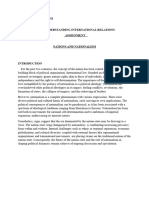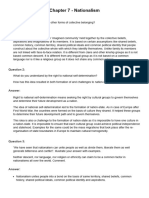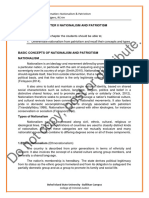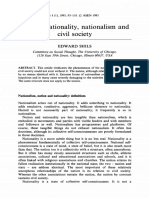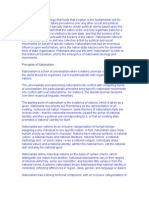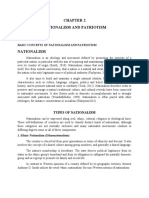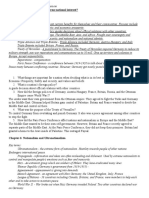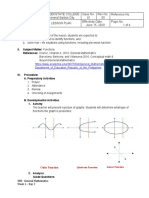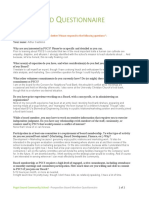0% found this document useful (0 votes)
126 views12 pagesSocial 20-2 Final Exam Study Guide
This document provides a summary of 6 chapters from a Social Studies textbook on nation and identity:
1) The chapters explore concepts of nation, identity, and nationalism; how people express their identity through nation; and myths that help shape national identity.
2) Subsequent chapters examine factors that shape nationalism in France/Canada and how people respond to these factors differently.
3) Later chapters investigate reconciling contending nationalist loyalties, reconciling nationalist and non-nationalist loyalties, and how national interests and foreign policy shape each other.
4) The document concludes by exploring the development of ultranationalism and how people have responded to it.
Uploaded by
medgsdCopyright
© © All Rights Reserved
We take content rights seriously. If you suspect this is your content, claim it here.
Available Formats
Download as DOC, PDF, TXT or read online on Scribd
0% found this document useful (0 votes)
126 views12 pagesSocial 20-2 Final Exam Study Guide
This document provides a summary of 6 chapters from a Social Studies textbook on nation and identity:
1) The chapters explore concepts of nation, identity, and nationalism; how people express their identity through nation; and myths that help shape national identity.
2) Subsequent chapters examine factors that shape nationalism in France/Canada and how people respond to these factors differently.
3) Later chapters investigate reconciling contending nationalist loyalties, reconciling nationalist and non-nationalist loyalties, and how national interests and foreign policy shape each other.
4) The document concludes by exploring the development of ultranationalism and how people have responded to it.
Uploaded by
medgsdCopyright
© © All Rights Reserved
We take content rights seriously. If you suspect this is your content, claim it here.
Available Formats
Download as DOC, PDF, TXT or read online on Scribd
/ 12






